@nattyover: I turn for comfort to “A Dying Universe: The Long Term Fate and Evolution of Astrophysical Objects” https://arxiv.org/pdf/astro-ph/9701131.pdf
@nattyover is Natalie Wolchover, science writer and editor at Quanta. “A Dying Universe” is a paper I love and have loved for years. The paper’s abstract: “We consider,” it says, how planets, stars, galaxies, and the whole universe will change “over time scales which greatly exceed the current age of the universe.” That is, take the present planets, stars, galaxies, and universe and fast-forward them into the far future, farther into the future than the Big Bang was in the past, in fact, all the way to the end. It doesn’t end well. The paper starts small, though, with stars.
@shannonmstirone Replying to @nattyover: Today is one of those days when I’m comforted by knowing that one day our sun will die and our galaxy will merge with Andromeda and there’s no escaping, this is all temporary.
@shannonmstirone is Shannon Stirone, and she is also a science writer. The sun — after it blows up like a balloon and fries the earth along with most of the solar system — will shrink back down into a barely shining cinder. Our galaxy and its nearest neighbor, the Andromeda galaxy, are going to collide and merge and become an entirely different galaxy. Our cosmic identities are temporary, change is inescapable.
@nattyover: Nothing more soothing than the thought of a neutron star sublimating
I read this and had to go look it up, and oh my goodness. Sublimation is when a solid goes straight to gas, no liquid melting in between; dry ice is solid carbon dioxide sublimating. Neutron stars are a stage in the deaths of stars much bigger than ours, so big they don’t shrink down to cinders but keep shrinking until their atoms are all jammed into nuclei, no atoms any more, just mostly neutrons, a billion tons in a teaspoon of degenerate solid neutron star. And then their neutrons decay, as neutrons do, into other particles, which decay farther until the stars have evaporated. They’ve sublimed.
@AnnFinkbeiner: Or the galaxies turning redder and redder until they finally blonk out.
Stars live by burning gas and when the gas runs out, stars turn red; so when galaxies full of stars also run out of gas, they also turn red. Eventually all the gas in the universe has been used up as fuel and has pretty much dissipated, and no stars ever form again, neither do galaxies. What’s left is the black holes that had been at the centers of galaxies, and finally, via Hawking radiation, even the black holes evaporate.
@AnnFinkbeiner: Or the heat death of the universe.
Meanwhile, the universe which has always been expanding, keeps on expanding. In the end the warm, moving, shining universe is cold and still and dark.
@shannonmstirone: Deep-death-time makes me happy.
Continue reading →
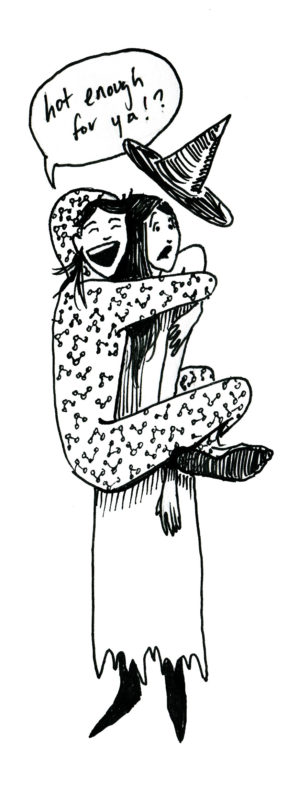
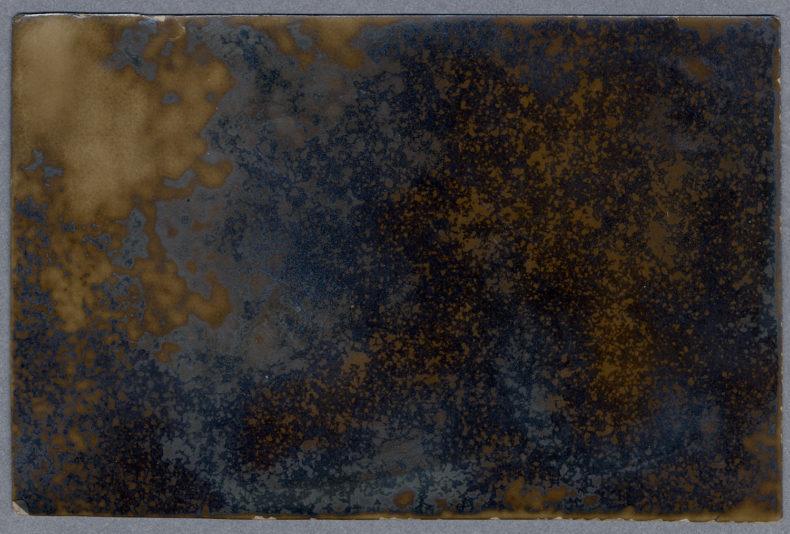
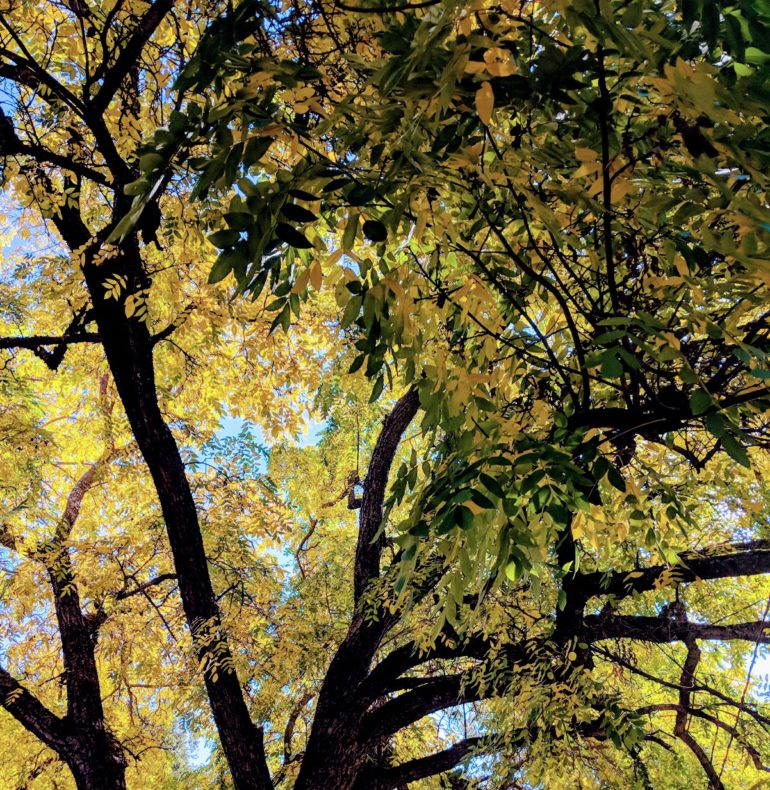
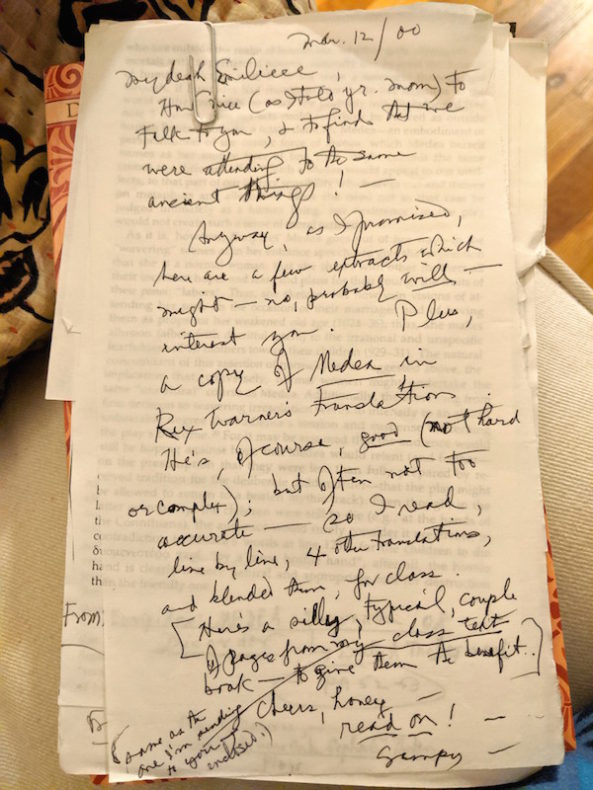
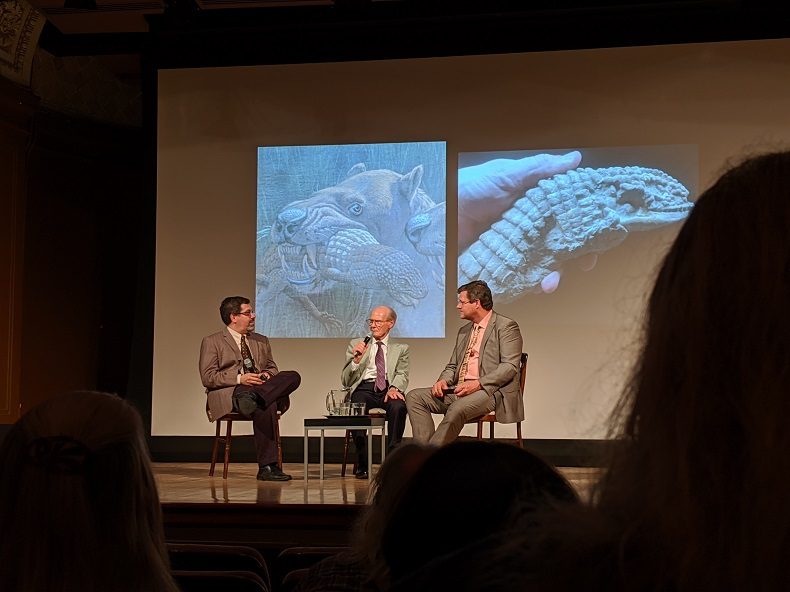
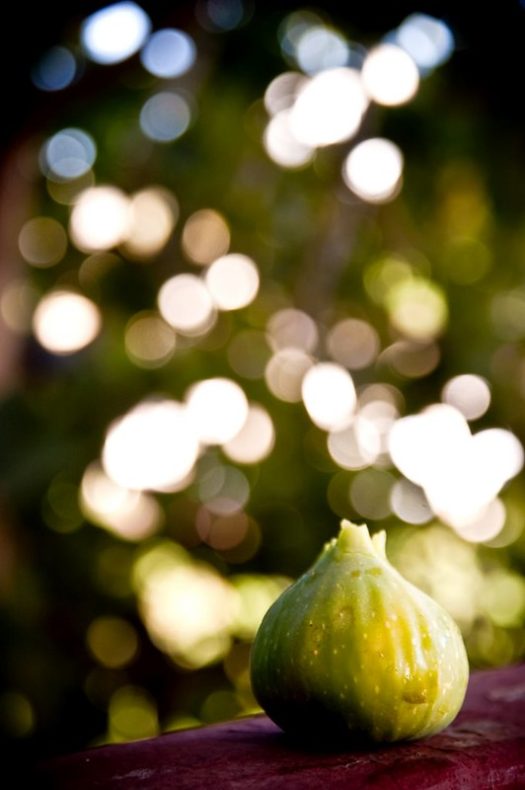

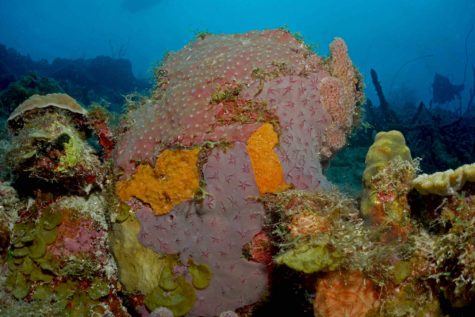
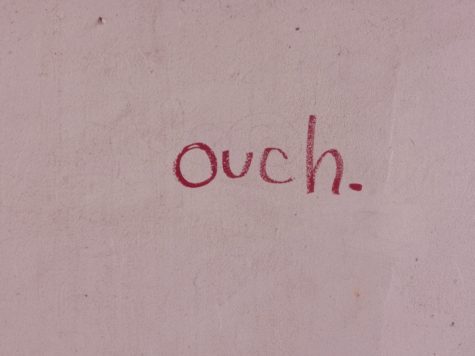 I’ve begun to wonder if, on one’s 50th birthday, a switch flips that loosens all that was tight and squeezes everything else in a vice grip. It seems that in the middle years basic gestures can cause lasting injuries. Bruises appear out of nowhere. My same-age friends and I compare aches and pains, and we all agree that our physical lives have lurched onto a new bone-jarring path.
I’ve begun to wonder if, on one’s 50th birthday, a switch flips that loosens all that was tight and squeezes everything else in a vice grip. It seems that in the middle years basic gestures can cause lasting injuries. Bruises appear out of nowhere. My same-age friends and I compare aches and pains, and we all agree that our physical lives have lurched onto a new bone-jarring path.